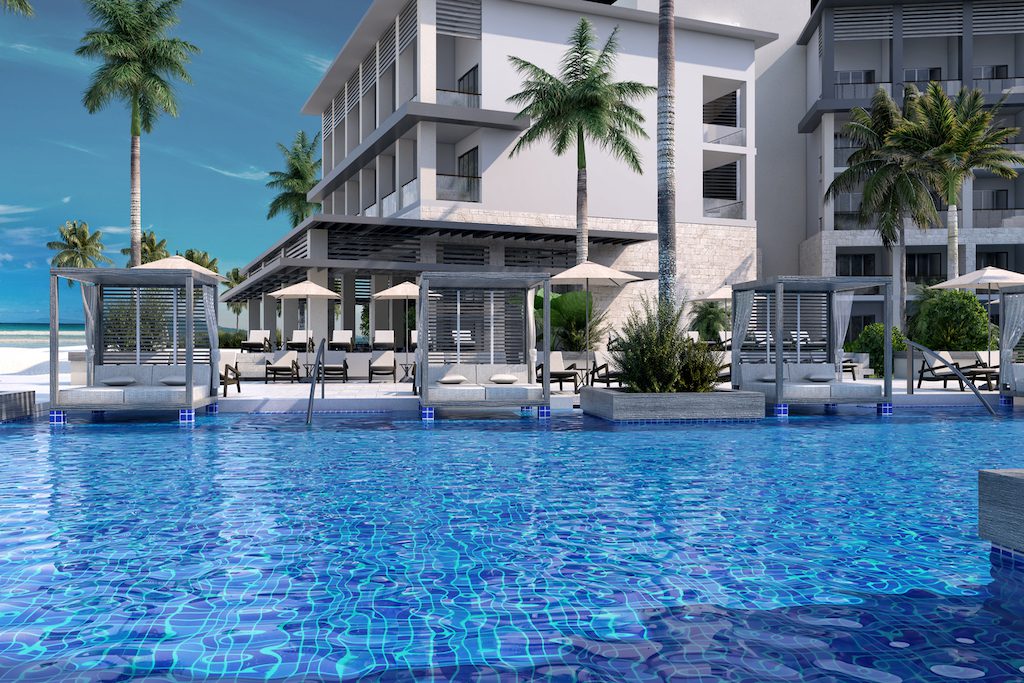Dominican Tourism Is Down But Not Out Following Sensational Visitor Death Headlines

Skift Take
What's done is done as it relates to the tourism dollars lost in the Dominican Republic this summer. The country is fighting perception at this point, but instead of blaming the media, it should look at local travel industry partners as a means to help regain consumer confidence.
Dominican Republic’s tourism industry has been rocked to its core in 2019, following the high-profile deaths of at least 10 U.S. citizens that prompted a downward spiral in the number of visitors to the Caribbean destination this summer amid safety concerns from consumers.
Global hospitality brands, however, haven’t lost sight of the opportunity at hand in the country, particularly in the all-inclusive space. The growing hotel category represents an untapped revenue stream for many hospitality giants.
Marriott International, the Four Seasons, and Palace Resorts are among the many hospitality companies that remain committed to opening new all-inclusive resorts in the Dominican Republic by 2022. Even more immediate are the debuts of new resorts from the likes of Hyatt and Hilton.
Virginia-based Playa Hotels & Resorts, owner and manager of all-inclusive properties across the Caribbean and Mexico, will be responsible for operating both chains' first all-inclusive offerings in the country, set to open in Punta Cana and La Romana by year’s end.
“Brands have a desire to have a major presence in the Caribbean and Mexico, not just the Dominican Republic. But you have to be in all-inclusive to be successful,” Kevin Froemming, Playa Hotels & Resorts’ executive vice president and chief commercial officer, told Skift in an interview. “The economics of all-inclusive works so well in these markets because you have an engaged labor force and the area is sensitized to tourism.”
Playa Hotels invested $80 million into renovating rooms at existing properties to rebrand under the Hilton umbrella, according to Froemming. Hyatt’s new Ziva and Zilara r
